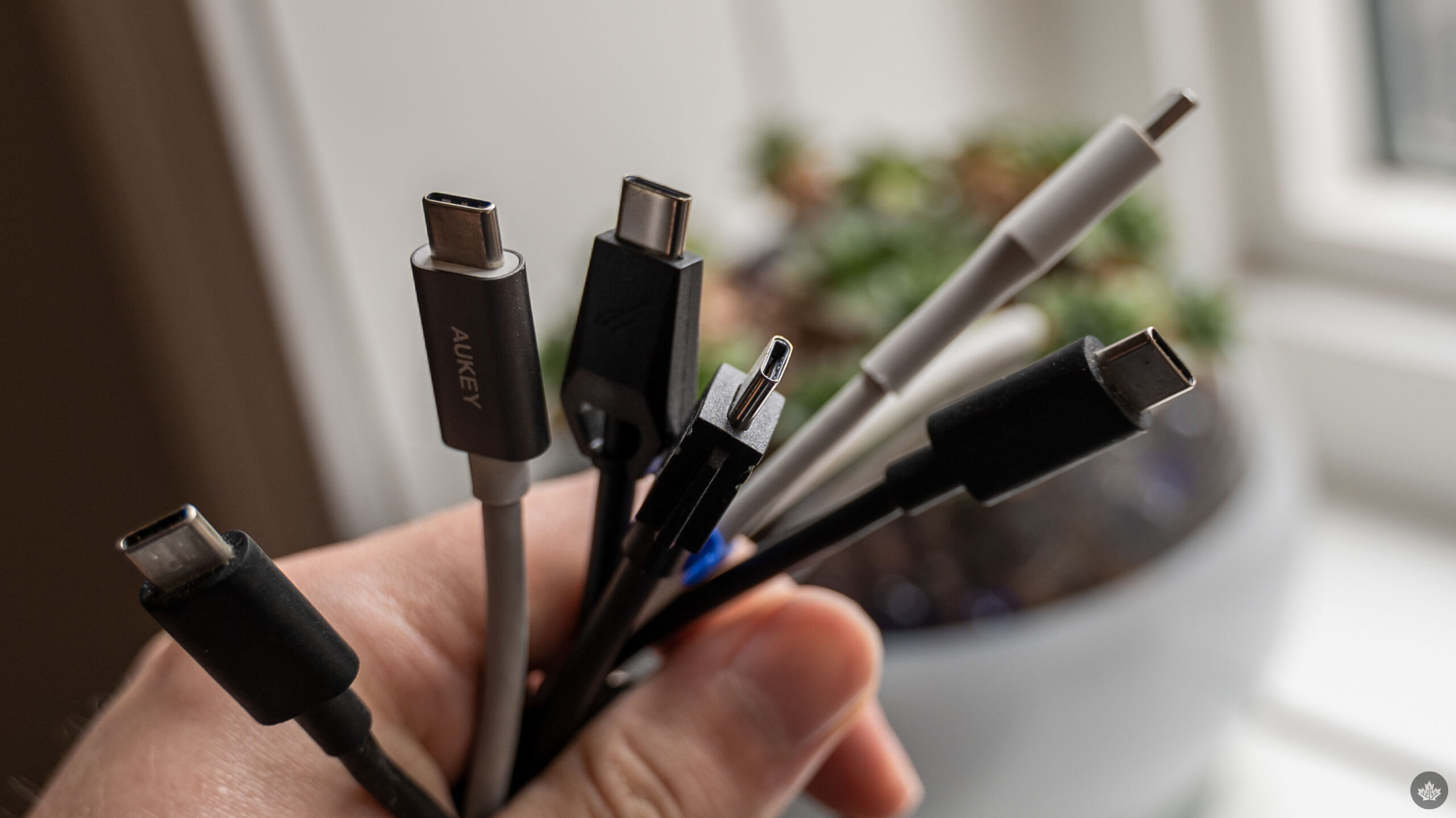
Canada might follow the EU and standardize chargers for electronic devices and, if we’re lucky, implement right-to-repair rules.
CTV News spotted a small detail tucked away in the 2023 federal budget released on March 28th: the Liberals plan to look at implementing a standard charging port across Canada. The goal? To save Canadians money and reduce waste.
“Every time Canadians purchase new devices, they need to buy new chargers to go along with them, which drives up costs and increases electronic waste,” the budget says.
Unfortunately, details remain scarce beyond that the government plans to work with international partners and other stakeholders.
The move comes after the EU caused a stir in the fall when it passed legislation mandating the use of USB-C on some electronic devices, including smartphones. Though the EU rules won’t come into effect until late 2024, it’s already making waves with signs pointing to Apple’s 2023 iPhone (likely the iPhone 15 Pro), including a USB-C port.
The EU regulation will eventually apply to laptops as well, though it’s not clear if Canada will consider going that far.
While consolidating smartphones and other devices to one type of charger could definitely help cut down on electronic waste (e-waste), it’s unlikely it will save Canadians money. The reality is most companies will simply pass the cost on to Canadians or stop including chargers altogether without reducing prices. (There’s an argument for not including chargers but in my experience, most Canadians aren’t fans of the idea).
Unless the government does something to prevent that reality (and I don’t see that happening), the only way this will save Canadians money is by reducing the number of chargers they need. If everything works off USB-C, then you really only need one USB-C charger instead of a handful of different cables and bricks.
Right-to-repair for Canadians?
Another part of the budget addresses right-to-repair rules. For those unfamiliar with the term, it generally refers to regulations that enable people to repair their own electronics.
This stems from the fact that the majority of electronics, including laptops and smartphones, are designed to limit repairability. For example, the use of custom screws and tools, glues and adhesives, and other techniques can make it extremely difficult or impossible to repair tech. This in turn, forces people to either purchase new technology when existing tech breaks or pay hefty fees to manufacturers to repair their tech.
“When it comes to broken appliances or devices, high repair fees and a lack of access to specific parts often mean Canadians are pushed to buy new products rather than repairing the ones they have,” the 2023 budget says.
It goes on to note that the government “will work to implement a right to repair, with the aim of introducing a targeted framework for home appliances and electronics in 2024.”
The government plans to launch public consultations on the matter in the summer and work closely with provinces and territories to advance the implementation.
Rounding out tech-related highlights from the 2023 budget includes a plan to crack down on “junk fees” like roaming charges.
You can read the budget in full here.
Source: Federal Budget 2023 Via: CTV News
MobileSyrup may earn a commission from purchases made via our links, which helps fund the journalism we provide free on our website. These links do not influence our editorial content. Support us here.


